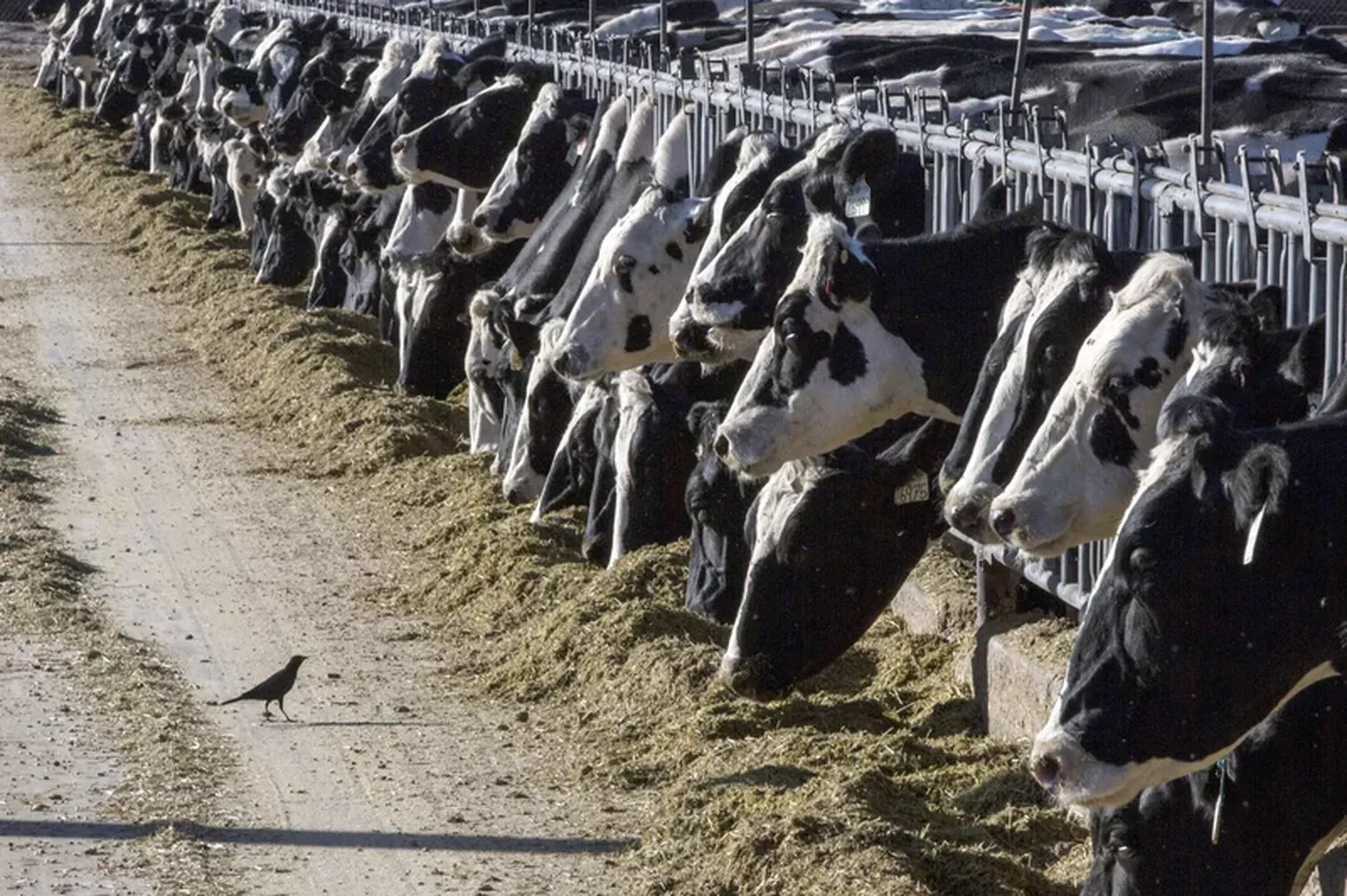U.S. Farms
For the first time, U.S. dairy cows have tested positive for bird flu
In an unprecedented development that has caught the attention of the agricultural and health sectors across the United States, dairy cows in multiple states have tested positive for the highly pathogenic avian influenza (HPAI), commonly known as bird flu. This marks the first time the virus has been detected in dairy cattle in the country, raising concerns about the implications for the dairy industry and public health.
The U.S. Department of Agriculture (USDA), in collaboration with the Food and Drug Administration (FDA), Centers for Disease Control and Prevention (CDC), and state veterinary and public health officials, announced the detection of HPAI in dairy herds in Texas, Kansas, and Michigan, with presumptive positive tests also reported from Idaho and New Mexico. The discovery has prompted a swift response from federal and state agencies, as they work to understand the scope of the outbreak and implement measures to contain the virus.
The initial cases were identified in Texas and Kansas, where unpasteurized milk samples from sick cattle tested positive for the virus. Subsequent investigations have confirmed the presence of HPAI in a Michigan dairy herd, with the strain found in Michigan being similar to that confirmed in Texas and Kansas. This similarity suggests that the virus may have been introduced by wild birds, which are known carriers of the disease. The situation in Michigan also indicates that transmission between cattle cannot be ruled out, adding another layer of complexity to the outbreak.
The affected herds have primarily involved older dairy cows exhibiting symptoms such as decreased lactation and low appetite. On average, about 10% of the herd on these premises appears to be affected, with little to no associated mortality reported. However, the presence of HPAI in dairy cattle is concerning due to the potential for the virus to spread to other animals and, in rare cases, to humans.
Federal and state officials have emphasized that the risk to the public remains low. Initial testing has not identified any changes to the virus that would increase its transmissibility to humans. Moreover, the commercial milk supply is considered safe, as milk from sick cows is being diverted or destroyed, and pasteurization processes in place are effective in inactivating the virus.
Despite the low risk to public health, the outbreak has prompted calls for increased vigilance and biosecurity measures on farms. Dairy producers are encouraged to work closely with their veterinarians to monitor the health of their animals and to implement strategies to minimize the risk of disease transmission. This includes isolating sick animals, minimizing animal movements, and preventing contact between their animals and wildlife.
The detection of HPAI in U.S. dairy cattle is a reminder of the ongoing threat posed by infectious diseases to livestock and the importance of preparedness and rapid response. As the situation evolves, federal and state agencies will continue to monitor the outbreak, conduct further testing, and provide updates to the public and the agricultural community.
The outbreak also underscores the interconnectedness of wildlife, livestock, and human health, highlighting the need for a One Health approach to disease prevention and control. By working together, government agencies, the agricultural sector, and the public can help to mitigate the impact of HPAI and protect the nation's food supply and public health.

